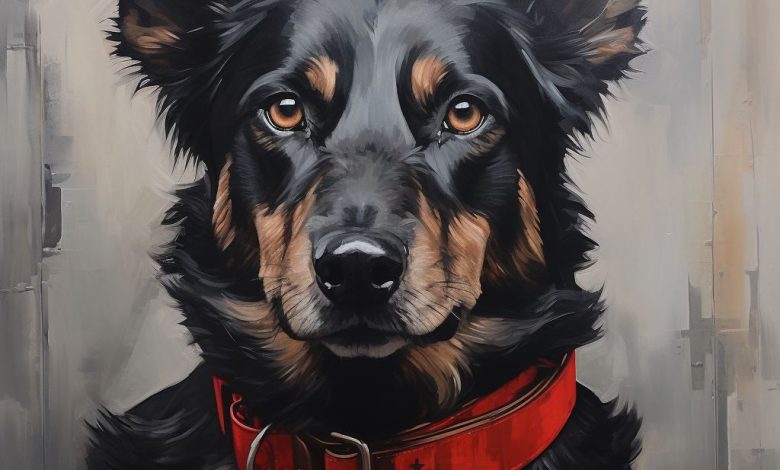What It Means If You See a Dog with a Red Collar

As dog owners, it’s essential to recognize the subtle ways our pets communicate with us—and with others. While we often focus on wagging tails or playful barks, one lesser-known signal is the color of their collar. A red dog collar, in particular, carries a specific message. Let’s dive into what it means and how to respond when you spot one.
Why Collar Colors Matter
Reading a dog’s cues helps foster safer and more respectful interactions. Color-coded collars aren’t just for style—they can indicate important information about a dog’s temperament or needs. A red collar, in most cases, is a clear request: “Please give me space.”
What Does a Red Collar Signify?
The Evolution of Color-Coded Dog Gear
Color-coded accessories have been adopted by many trainers and pet owners to communicate with others in public. For instance, green may signal a sociable dog, while yellow can suggest a pup that’s still learning or easily startled.
What Experts and Research Say
Red, as a bold and noticeable color, is widely used to mark dogs that may be reactive, anxious, or potentially aggressive. Many behaviorists support using red to alert others to approach with caution, reducing the risk of stressful or unsafe encounters.
Why Red Works
Red is universally recognized as a warning color. Using red for collars or leashes draws quick attention, prompting others to slow down or keep their distance—giving the dog a chance to feel secure.
How to Respond to a Dog Wearing a Red Collar
Approach With Care
If you see a dog sporting a red collar, assume it prefers to keep its distance. Avoid reaching out or moving in quickly. Maintain a respectful space and observe from afar.
Read Their Signals
Even with a red collar, a dog’s body language offers valuable insight. Relaxed ears, a wagging tail, or a loose posture may indicate calmness, while growling, stiff posture, or baring teeth are clear signs to stay away.
Communicate With the Handler
If you’re unsure how to proceed, speak to the dog’s owner. They can tell you whether their dog is open to attention or whether it’s best to avoid interaction entirely.
Mind Your Own Dog
When walking your own dog near a red-collared one, maintain control and be aware of their behavior. Proper leash etiquette and calm energy help prevent conflict and ensure both dogs stay safe.
Promoting Awareness
Helping others recognize what a red collar means contributes to a more considerate and informed pet community. Share what you’ve learned with friends, fellow dog owners, or online communities. Awareness reduces misunderstandings and keeps both people and pets safer.
Final Thoughts
A red dog collar isn’t just an accessory—it’s a gentle warning that the dog may need more space or is working through behavioral challenges. By respecting this visual cue, watching for signs of stress or comfort, and communicating openly with owners, we contribute to a safer, more compassionate environment for all dogs. And as more people become familiar with these signals, everyone benefits—from pups to their people.
Let me know if you’d like this adapted into a flyer, infographic, or social media post!



